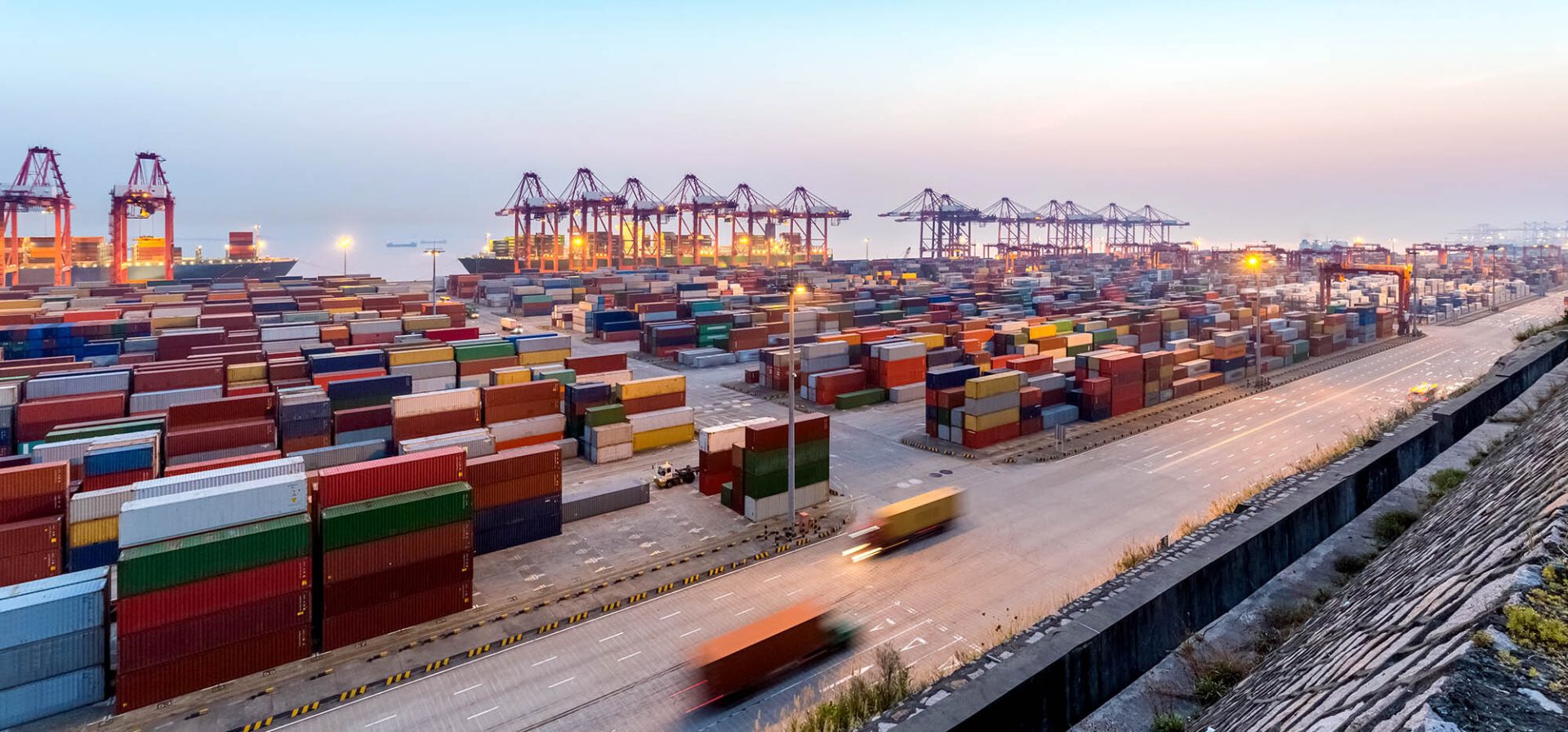Intermodality as the main element in an environmental sustainability and economic strategy of transport. That’s the most taken path to give a tangible breakthrough to cut emissions in this sector. A path involving the italian system of connection port – inland port and that can give a major boost to the strategic growth of Italy in the international transport.
Intermodality as a leverage for the transport decarbonisation and so much more
The transport sector, in Italy, is directly responsible for the 25,2% of greenhouse gas emissions and the 30,7% of CO2 emissions.
A condition that has absolutely to be changed. Not because international politics and the enviroment ask changes oriented to sustainability, but also because the global productive balance is changing.
The rapprochement of productive activities, in fact, could soon determine an increasing in trade volume within Europe. Trade that will affect Italy too and cannot be sustained only with road transport. According to italian political leadership, the solution to this problem can be found in intermodality.
Marebonus and Ferrobonus to support intermodality
That’s what believes the Minister Giovannini, who says that: “Marine and railway intermodality is fundamental, representing not a choice anymore, but the real option if we want to combine social and economic sustainability with the enviroment”.
An integrated logistic solution, where highways of the sea and railways could shift transport to medium and long distance towards ships and trains.
A path that the Government is starting to take even through financing intervention. It’s Giovannini himself to explain it: “Thanks to marebonus, ferrobonus and the infrastructure investment we have the opportunity to make that famous modal shift we have talked for many years”. Government incentives that have just been refinanced by Government with other 38,5 millions of euro for the 2022.
Marine and railway intermodality: the central role of inland port
Inland ports are infrastructure dedicated to modal exchange and interconnection among networks. It’s about strucutres that have an important role within the supply-chain and that could represent the keystone in an enviromental sustainability strategy focused on intermodality.
Italy has an excellent inland ports network: 26 infrastructures located in strategic positions, in big international corridors that serve as a scenario for trading with other countries. Think about, for example, the Mediterranean-Balkan corridor, the Scandinavian-Mediterranean and the one that connects the Rhine to the Alps. Aiming to the development of these infrastructures will allow, to our country, to gain a great competitive advantage towards the most important european competitors.
The challenge for our country is to encourage our ports to connect to the productive areas, promoting rail traffic, in order to make the most of our own growth potential.
Marfreight commitment towards sustainability
Intermodality, and, especially, the possibility to take advantage of italian inland port strategic position is the privileged way not only to guarantee that emissions cut the sector needs but also to offer a fast and advantageous transport service.
In our supporting role for the companies during shipment planning, we, Marfreights, pay so much attention even to these details, proposing among our solutions even intermodal connections. We do so not only to offer a service that complies as far as possible to our customers’ expectations and needs, but also to give our contribution to the sustainability path that the sector has started to take.
